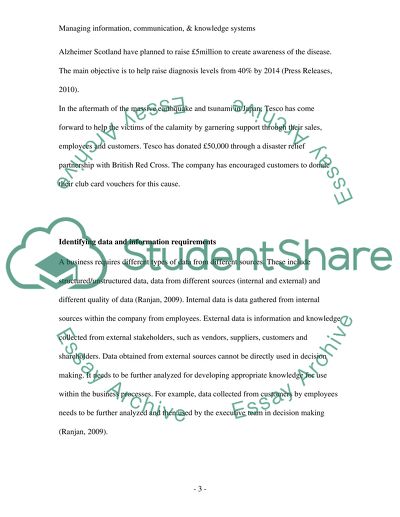Cite this document
(“Managing Communications, Knowledge and Information Essay - 1”, n.d.)
Retrieved from https://studentshare.org/environmental-studies/1414073-managing-communications-knowledge-and-information
Retrieved from https://studentshare.org/environmental-studies/1414073-managing-communications-knowledge-and-information
(Managing Communications, Knowledge and Information Essay - 1)
https://studentshare.org/environmental-studies/1414073-managing-communications-knowledge-and-information.
https://studentshare.org/environmental-studies/1414073-managing-communications-knowledge-and-information.
“Managing Communications, Knowledge and Information Essay - 1”, n.d. https://studentshare.org/environmental-studies/1414073-managing-communications-knowledge-and-information.


